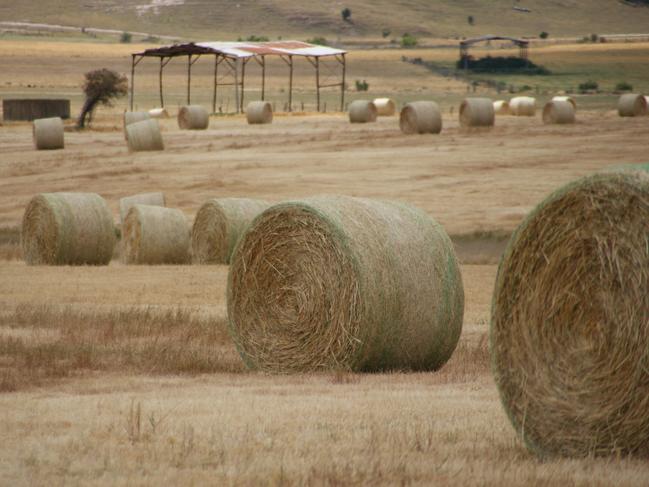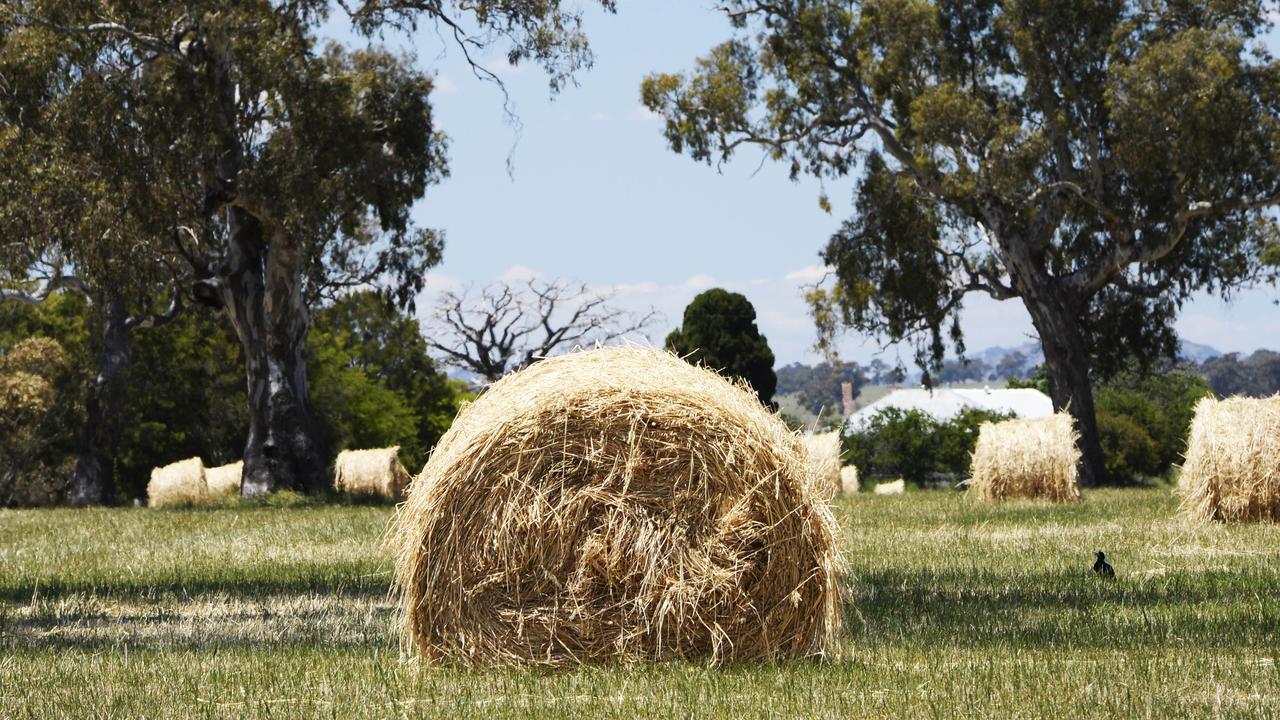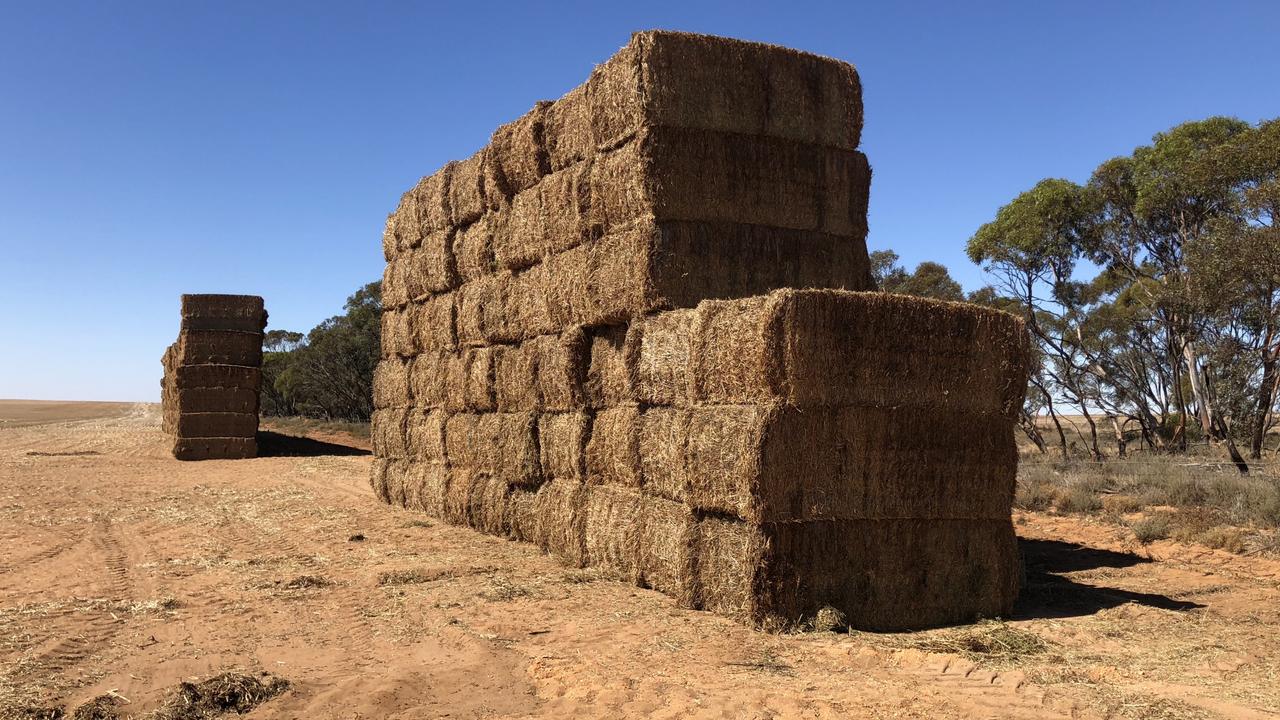Growers concerned over meeting winter market demand
The big question is does Australia have enough hay stocks to meet demand?

SINCE the February rain began hay buyers have fled, which is concerning for hay growers, who are holding uncommitted stocks.
The state of the winter hay market will hinge on three critical factors.
The most significant question is, ‘does eastern Australia have enough hay stocks to meet demand until spring baling?’
Market participants have fluctuated from thoughts of excess at baling last spring to shortages during the drought and bushfires of December and January and now back to wondering when demand will kick back in.
Although rain in the northern states has boosted pasture growth, minimal fresh hay or silage has been conserved and Victoria will continue to be the source for winter demand.
Victorian hay growers have typically sold some hay to their hay exporter, some to their domestic buyers during the spike of summer demand and are yet to sell about the last third of their remaining stocks.
While many hay growers in the Mallee and Wimmera still have hay in sheds to sell, virtually all the paddock-stacked hay has been either sold directly from the paddock or moved into shed storage.
Taking into account carry- in hay stocks, production of hay and silage last spring, sheep and cattle numbers, the rate of feeding during the drought, bushfire demand and a conventional winter demand pattern, analysis shows enough hay to still provide an historically low level of carry-out stocks at the end of this season.
Given the tightness of hay stocks and the fact that winter is a peak demand period, hay prices should increase from their current levels.
Changes in weather can affect demand and hay prices.
Exceptionally wet conditions and stock traffic can bog pastures and cause a sharp rise in hay demand.
Many paddocks in South Gippsland are starting the colder months in a wet state with simulated root zone soil moisture at about 95 per cent.
At the other extreme are the conditions of the Monaro, in the Snowy Mountains of NSW, where soil moisture levels are under 7 per cent.
Although it is not uncommon at this time of the year, this region remains the driest in southeast Australia.
Hay trucks from central Victoria often carry hay to the Monaro during winter.
Frosts have begun in this region, but drought has also led graziers to cull up to 70 per cent of their cattle numbers.
Soil moisture levels remain adequate in most of NSW with just the eastern Darling Downs at below 20 per cent.
Finally buyer and seller behaviour in the next four months can alter the prompt price of hay and change the momentum of the market.
Hay growers with paddock- stacked bales who need cash- flow are active sellers, offering cereal hay at $200 a tonne ex-northern Wimmera farm to attract an immediate sale.
Hay buyers can also start a run-up in prices if they hit the market at the same time.
MORE HAY TALK


